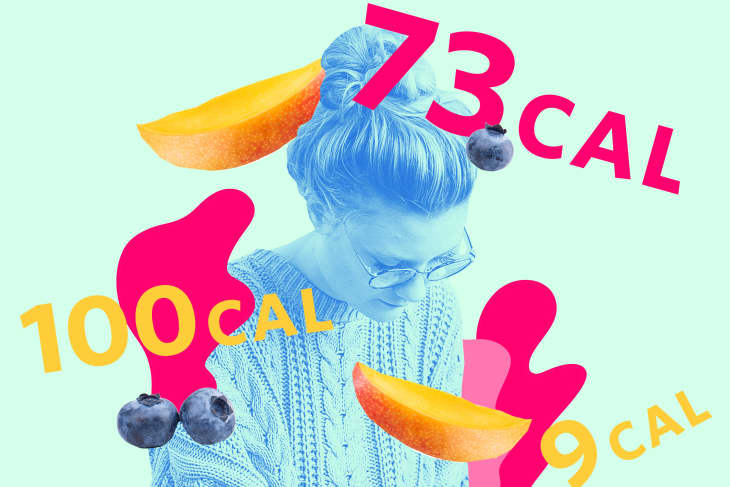The 100-Calorie Trap I Embraced (Then Escaped)
I was a teenager when the 100-calorie snack pack trend took off around 2006. I was working as a cashier at Wegmans, and I watched as more and more customers (mostly women) loaded the 100-calorie boxes into their carts and onto my conveyer belts. The boxes were filled with small, colorful packets with familiar brand-name snacks like Oreos, Wheat Thins, and Doritos.
Then suddenly they became a staple in my own home, where my all-female household embraced them — especially my mother, who had struggled with her weight (and body confidence) for much of her adult life.
We thought: They’re only 100 calories! Guilt-free snacking! This is great! But while this kind of portion control might work for some people, it only taught me that calories were something to be counted and avoided.
I don’t remember calories being part of my life before 100-calorie packs were introduced, but as soon as I learned they were something that people could count and keep track of with a specific goal in mind, I was hooked. Calorie counting quickly became my new obsession.
As a 15-year-old already questioning the attractiveness of my own body, the lesson I took away from the new snack was to feel guilty for consuming any snack over 100 calories. At a time I should have been learning what constituted a healthy snack — like munching on a handful of almonds or cashews, or eating fresh fruit like an apple, peach, or banana — I was developing a negative relationship with calories. I wanted nothing to do with them.
At home, we stopped buying big bags of pretzels and tortilla chips on our routine shopping trips. At school, I stopped buying warm chocolate chip cookies from the cafeteria snack stand, and only allowed myself one 100-calorie pack of Oreos or Chips Ahoy with my lunch as a treat.
I felt guilty eating anything that didn’t have calories clearly listed on the labels. I had no idea how many calories a mango or a handful of blueberries contained, so I avoided them. I stopped asking for fresh bagels from our favorite bakery; I couldn’t glean any nutritional information from the brown bag my mom brought them home in. I said I wasn’t hungry whenever my mom made her go-to eggplant parm or Shepherd’s pie for dinner, because I had no idea how many calories even a small portion amounted to.
My obsession with calorie counting quickly overtook my enjoyment of food. Eating out at restaurants gave me anxiety, and I stopped having dinner at friends’ houses, too overwhelmed by the task of having to tally up the calories of whatever I consumed.
I didn’t have a name for it then, but what I was experiencing was a type of disordered eating fueled by a growing eating disorder. I now look back on the introduction of 100-calorie packs and the calorie counting obsession that followed as the major genesis of my anorexia, which I’d battle on-and-off again until the end of college. It wasn’t until I finally learned how to cook in my early 20s that I began to take pride in nourishing my own body.
I realize now, of course, that 100-calorie packs taught me to control my food instead of enjoy it. I’m also aware that calories are not the enemy. While counting calories isn’t a healthy habit for someone like me to follow, that’s not to say it’s bad for everyone. It’s helpful to many people, including my own mother, who eventually was able to lose the pounds that had weighed her down for years by reducing her daily caloric intake.
It’s been years since I’ve touched a 100-calorie snack pack. Their popularity started to drop off in 2009, when their sales began to fall, but that doesn’t mean they don’t still exist. There are still plenty of snacks available on Amazon still being branded in 100-calorie packs, although I no longer feel the urge to fill my cabinets with them.
These days, my pantry is always stocked with nuts to snack on, and I make a conscious effort to fill the bowl on my kitchen table with fresh fruit to grab on the go. Instead of trying to control the number of calories I consume in a day, I try to channel that obsessive energy into something constructive, like meal planning or recipe testing. Doing so has helped me find genuine joy in eating and cooking again, and I now feel love and appreciation for the body that has carried me to this point.
